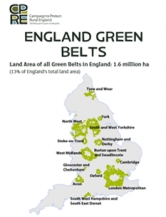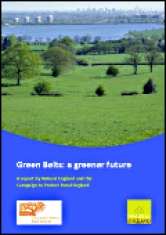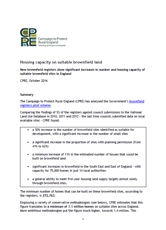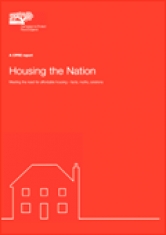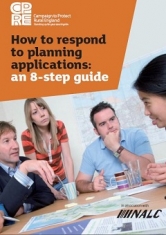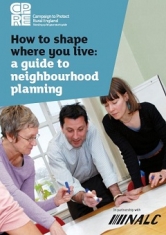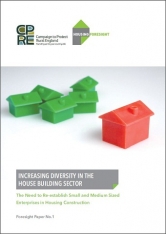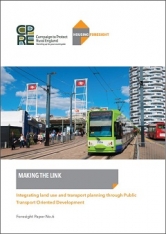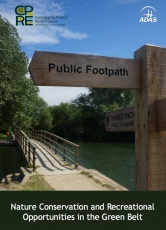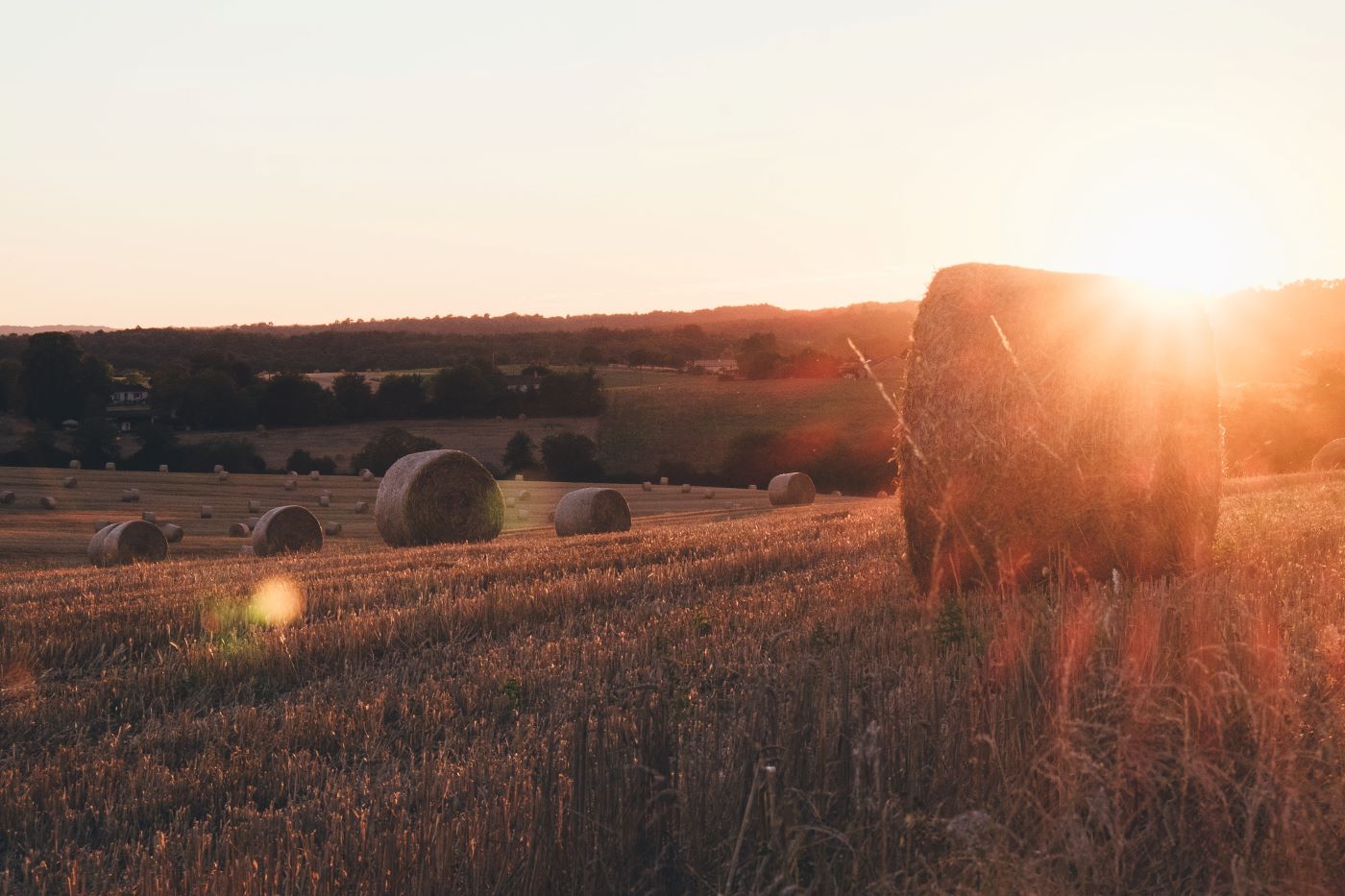Housing and planning
Green Belt facts
England's 14 Green Belts cover more than a tenth (12.4%) of land in the country, and provide a breath of fresh air for 30 million people.
Our Green Belts help prevent urban sprawl, and protect our countryside from encroachment, but did you know they're home to 19% of all traffic free cycle routes and 34% of Community Forest land?
Explore these and other surprising facts in our Green Belt factsheets.
Green Belts: A greener future
A report by Natural England and the Campaign to Protect Rural England
This landmark report brings together, for the first time, information on the state of Green Belt land and compares this to other areas of England. We provide evidence that the 1.6 million hectares of Green Belt provide a rich and varied natural environment and many related benefits to society. The ecosystem services provided by Green Belt land are highly significant and have an economic value that is often underestimated or simply not understood. We conclude that these areas could take on an even greater significance in the face of climate change, England’s growing population and the need for a low carbon economy. They can also help in creating a healthier society through providing space for active outdoor lifestyles and nutritious locally grown food.
Housing capacity on suitable brownfield land
The Campaign to Protect Rural England (CPRE) has analysed the Government’s brownfield registers pilot scheme. Employing a variety of conservative methodologies, CPRE now estimates that the available data translates to a minimum of 1.1 million homes on suitable brownfield sites across England. More ambitious methodologies put the figure much higher, towards 1.4 million. This suggests that the Government has previously severely underestimated brownfield capacity.
Housing the Nation
Meeting the need for affordable housing ? facts, myths, solutions
It is clear that there needs to be a significant increase in the provision of affordable housing – in both urban and rural areas. This briefing suggests what might be done to achieve this objective while ensuring that the countryside is protected from unnecessary development and the best use is made of existing urban land and buildings. It defines the extent and nature of affordable housing needs, challenges some of the myths surrounding the issue, and proposes measures that might be adopted nationally and locally to tackle it.
How Green is my Region?
How to respond to planning applications
An eight-step guide
Most significant developments in the United Kingdom require planning permission from a local planning authority. This process usually involves the submission of a planning application. As a member of the public, you are entitled to examine and comment on planning applications as they are made. This is your chance to press for planning decisions that work for the good of the environment and your local community. This guide tells you how to find out more about a planning application and — if necessary — how you can take action.
How to shape where you live: a guide to neighbourhood planning
Neighbourhood Plans provide a great opportunity for you to have more influence on how the places in which you live and work will change over time. Your local knowledge and sense of what needs to be protected and what needs to change can really make a difference. We’ve put together eight simple steps to take if you want to prepare a Neighbourhood Plan and involve the whole community to make sure it becomes formally adopted as part of the development plan for your community.
Increasing Diversity in the House Building Sector
The need to re-establish small and medium sized enterprises in housing construction
The first paper in CPRE's Housing Foresight series explores how the dominance of volume house builders is having potentially harmful impacts on the supply, location and design of new housing in England. It shows that greater support for small and medium sized house builders can help meet demand for housing and protect green spaces by delivering new homes - including through custom/self build - on smaller brownfield sites. The paper proposes four policy options: promoting small-scale brownfield sites; funding smaller builders; simplifying small applications; and the use of design codes.
Making the Link
Integrating land use and transport planning through Public Transport Oriented Development
The sixth paper in CPRE Housing Foresight series explores how effective coordination between transport and development can improve access to public transport, reduce pollution and encourage walking and cycling. The paper proposes ideas for identifying suitable sites, incentivising development and engaging local communities in the process.
Nature Conservation and Recreational Opportunities in the Green Belt
CPRE imagines a countryside on our doorstep where agriculture is less intensive, where there is space for nature that people can explore and enjoy and which is accessible to all. Green Belts can play a crucial role in enhancing the sustainability of our cities by providing essential ecological functions and recreational benefits which are fundamental to health and wellbeing.
New research published by the Campaign to Protect Rural England (CPRE) shows the huge potential of the Green Belt in terms of amenity and nature conservation. CPRE is calling on the Government to prioritise investment in Green Belts in the forthcoming 25-year plan for the environment and make sure Green Belt protection is enforced. A summary is also available.
